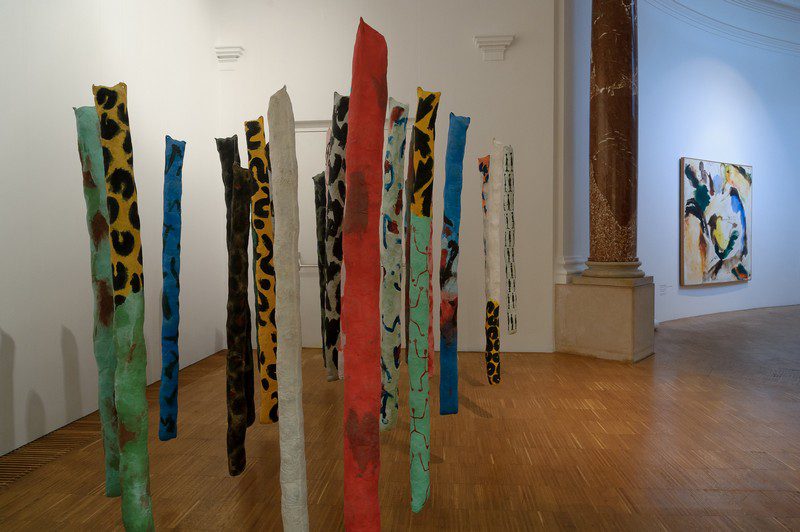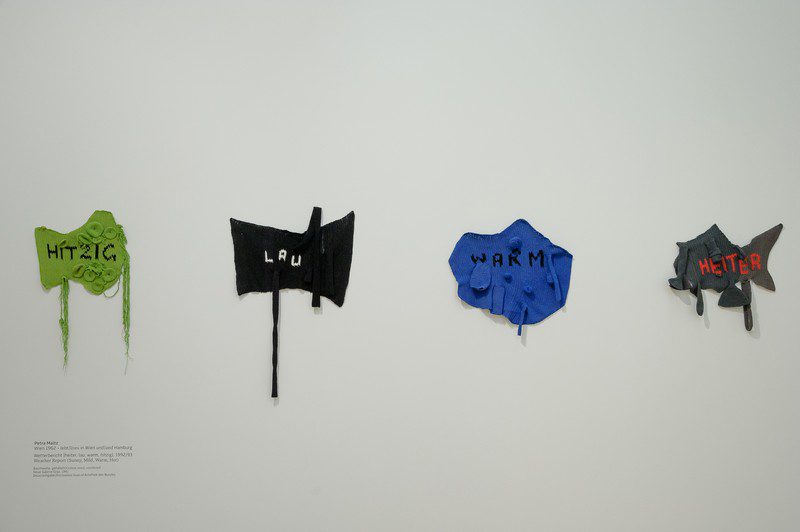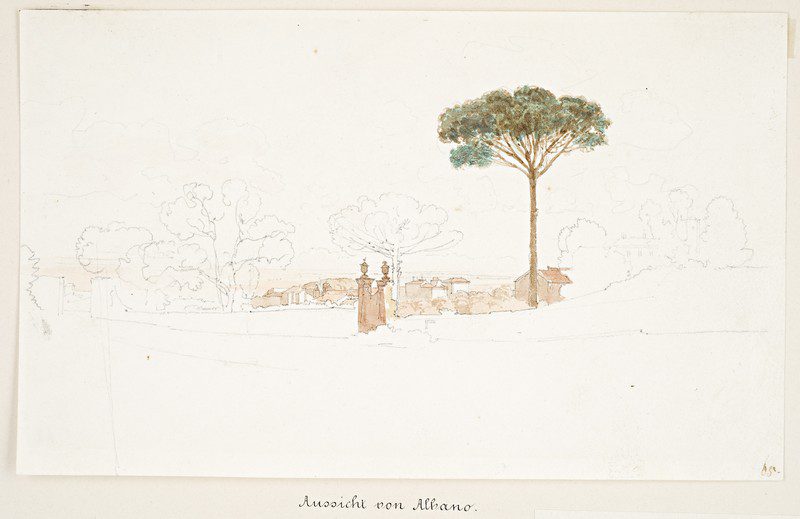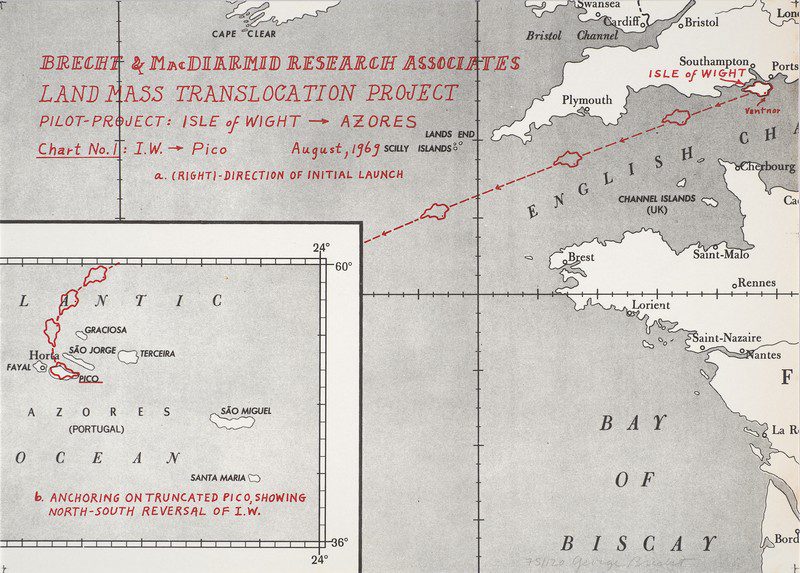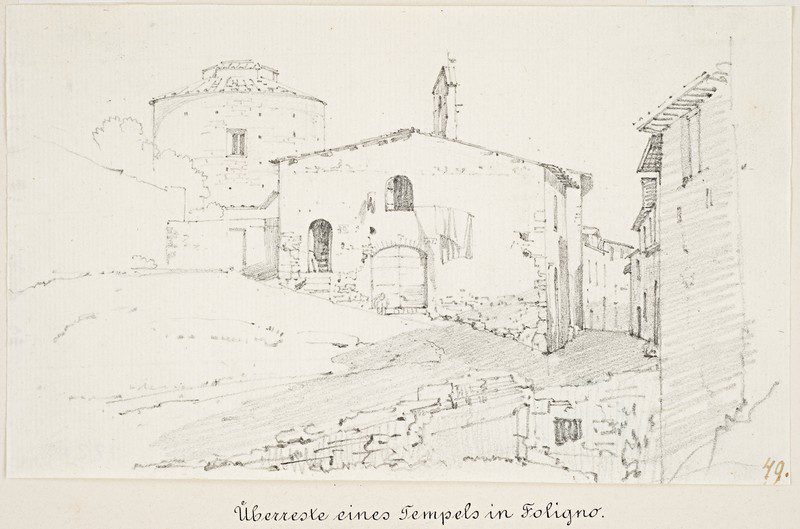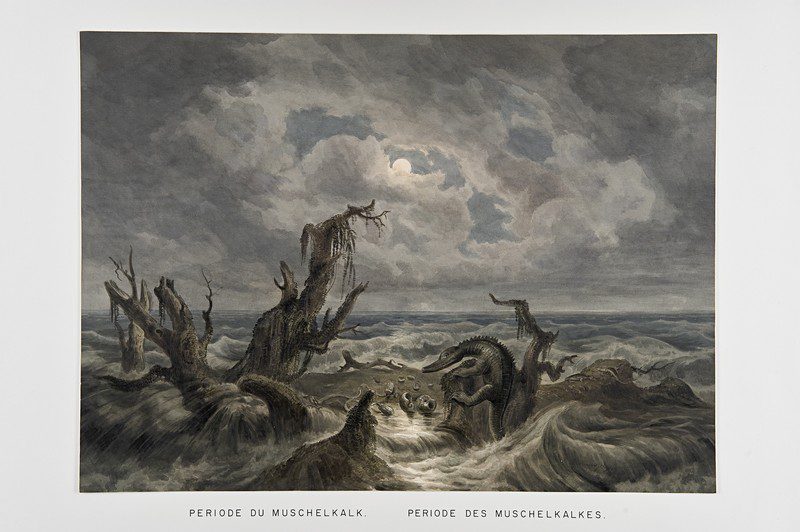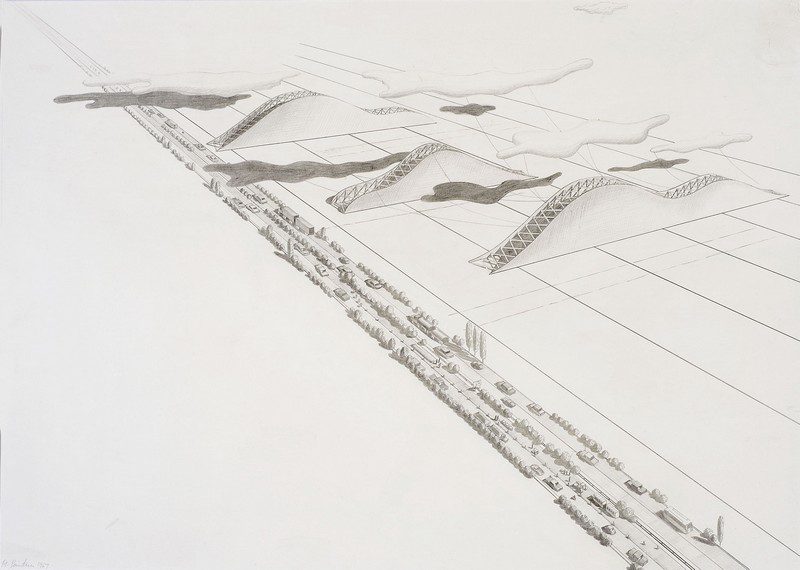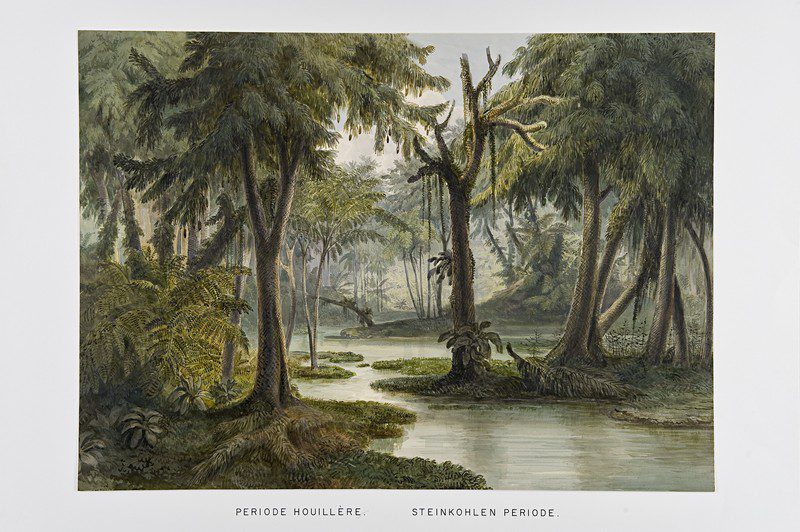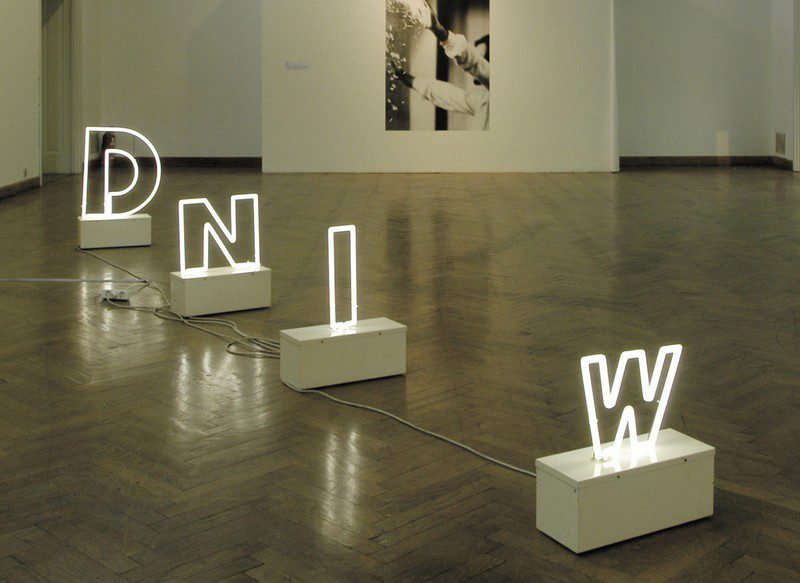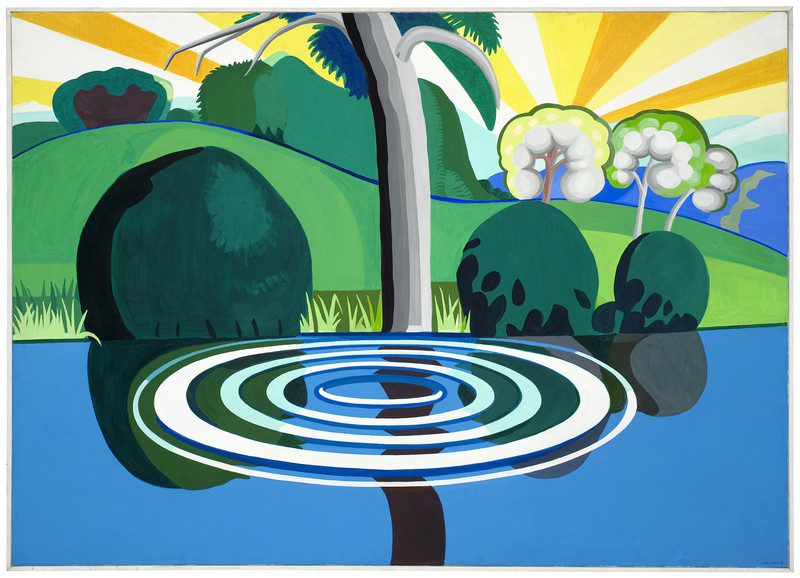ART-TRIBUTE: Landscape, Transformation of an Idea
The term “Landscape” can be understood in many different ways, both inside and outside of artistic discourse. It can refer to the real living environment of a person or to an area visited by tourists. It can refer to land researched within different disciplines or to land which is changed or used for various purposes. “Landscape” can define a place with strong emotional and political connotations etc. All these functional connections have led to different images and manifestations, artistic landscape painting and drawing is only one of many approaches.
By Efi Michalarou
Photo: Neue Galerie Graz Archive
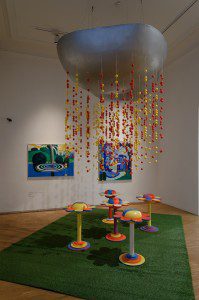
For this reason, the exhibition “Landscape: Transformation of an Idea”, does not aim to provide a stylistic overview of the history of landscape painting for the period represented by the Neue Galerie Graz collection, which stretches from 1800 to the present day. The aim of this exhibition is a far broader one, as it attempts to use exhibits from the collection to visualise the complex interactions between the depiction of landscape and the perception and understanding of nature and reality. To this end, two time periods around one hundred years apart, and seemingly unconnected, are placed in relation to one another. These two periods are the first half of the 19th century and the period from around 1960 to today. The years between 1850 and 1950 are left out. This juxtaposition reveals not only differences but also surprising parallels between the two epochs. In the 19th century, scientific and artistic images of nature connected in far more diverse ways than was previously the case. This process has continued to densify and specialise ever since. For example, the construction of railways in the early 19th century, the satellite measurement of the earth (GPS) and the images that resulted (railway lines and Google Earth) show how new technology changes both the function and the images of the landscape. Landscape always represents the symbolic entity of nature as well as cultural patterns of appropriation. Its depiction is the result of a diverse network of knowledge from the respective epoch. Technical media, photography, film, video and computers, have helped to represent nature in a documentary and scientific manner, contributing to a change in reality. All this reveals that nature and landscape are constructions of reality: a map does not portray a country but rather constructs it. Within the period of time thematised in this exhibition, art reveals itself to be an analytic structure of the constructed reality. On the ground floor (19th century), the following topics can be seen: Opening up the landscape, Transforming the landscape into an ideology, The idealization of the landscape, Autonomous nature, Images of far away: between ideal and reality, Geological research and visual representation. On the upper floor (20th and 21st century), the exhibition focusses on the topics of travel as concept, land art’s stamp, landscape as text, landscape as social construction, landscape in 3D, painting: experiencing nature and abstraction, painting: experiencing nature and realism.
Info: “Landscape:Transformation of an Idea”, Curating: Gudrun Danzer Günther & Holler-Schuster, Neue Galerie Graz, Joanneumsviertel, Zugang Kalchberggasse, Graz, Österreich, Duration: 19/6-6/9/15, Days & Hours: Tue-Sun: 10:00-17:00, www.museum-joanneum.at
